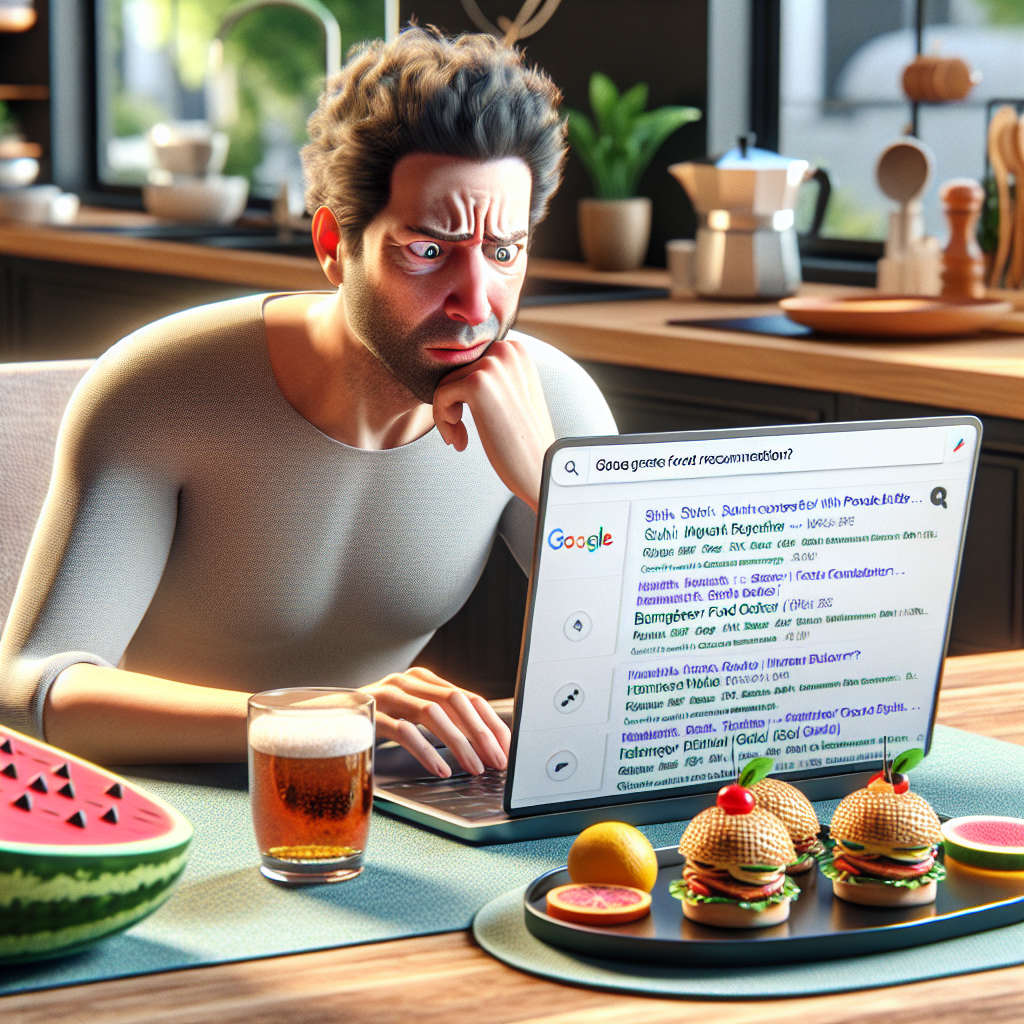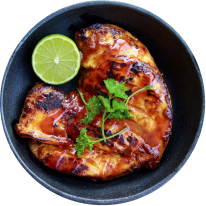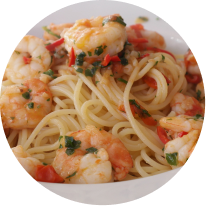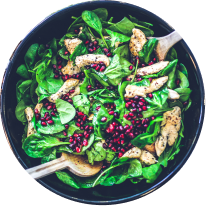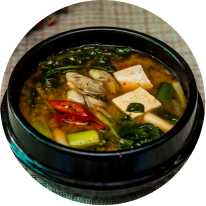How AI Overviews Are Transforming Food Searches on Google
The Evolution of Google’s Search Experience
In the rapidly shifting landscape of digital information, Google continues to lead innovation by integrating artificial intelligence (AI) into its search platform. One of its most notable advancements in 2024 is the incorporation of generative AI in “AI Overviews.” This new feature is designed to streamline search results by providing condensed, AI-generated summaries directly at the top of the results page. But what does this mean for food-related searches?
When users search for recipes, dietary tips, or nutritional content, they now encounter AI Overviews that aggregate information from several sources and present it in a concise, easy-to-digest format. While this may benefit users seeking quick answers, it has sparked a significant debate among publishers, food bloggers, and health professionals.
Understanding AI Overviews: What Are They?
AI Overviews are automatically generated responses that appear above standard search listings. Powered by Google’s generative AI technology, these summaries digest content from web pages, eliminate unnecessary detail, and present key information relevant to the user query.
For instance, if you search “healthy high-protein breakfast ideas,” rather than scrolling through multiple blog articles or recipe sites, Google’s AI Overview delivers a curated selection of suggestions along with ingredient lists and preparation methods—all without requiring users to click to another site.
Benefits of AI Overviews for Users
- Time-Saving: Users no longer have to sift through multiple web pages.
- Comprehensive Results: The AI compiles and verifies data from multiple sources.
- Interactive Layout: Users can follow up with additional questions directly from the overview interface.
Challenges and Criticisms
However, despite its user-centric advantages, AI Overviews raise multiple issues for content creators:
- Reduced Web Traffic: Websites that originally hosted the content may experience a drop in visitor numbers.
- Content Accuracy: The summarization process can lead to oversimplification or misinterpretation of nuanced topics—especially in food and nutrition where accuracy is paramount.
- Lack of Attribution: AI Overviews may not always credit original sources properly, raising concerns about content ownership and intellectual property.
Impact on Food Bloggers and Publishers
The food blogging community thrives on detailed content—from step-by-step recipes to personal anecdotes that add flavor to posts. AI Overviews, by offering summarized content above the organic results, may circumvent the need for users to click through to original websites. This change directly affects ad-driven revenue models built on pageviews and user interaction.
The Risk of Content Commodification
Food bloggers invest time in perfecting their recipes, testing them, photographing dishes, and crafting relatable stories. With AI Overviews lifting content from these blogs, the risk of making content seem generic increases, hurting the uniqueness and brand identity of individual bloggers. This could lead to a potential homogenization of culinary content.
What Publishers Are Doing in Response
In light of these changes, many publishers are revisiting their SEO strategies. Key initiatives include:
- Enhancing content with proprietary data and personal storytelling that AI models can’t replicate.
- Implementing stronger copyright protections and exploring legal means to restrict unauthorized content usage by AI platforms.
- Creating more dynamic and subscriber-only content to incentivize direct traffic over passive search views.
The Role of Structured Data and Schema Markup
As AI evolves, so does the importance of properly structuring your website’s data. For food publishers, this means ensuring recipes are embedded with schema markup—a form of metadata that helps search engines (and by extension, AI models) understand the context and components of a recipe.
Including Metadata Can Offer Advantages
Not only does structured data improve the chances of being cited in an AI Overview, but it also helps maintain the integrity of the content by allowing Google to attribute parts of the content correctly to specific elements like:
- Cook times
- Calories and nutritional information
- Step-by-step instructions
- Ingredient lists
Google recommends that websites continue to follow best practices for search engine optimization and structured data implementation to improve visibility—even in this new AI-centric era.
User Behavior and Trust in AI-Generated Summaries
Trust remains one of the biggest factors influencing whether users embrace AI Overviews, especially in areas like food and health. While users appreciate convenience, many still value detailed, human-crafted content when it comes to making dietary decisions.
Examples of AI Missteps in Food Content
Though relatively rare, there have been instances where AI Overviews offered questionable or incorrect food advice—such as recommending raw or toxic ingredients due to misinterpretation of source content. These incidents underscore the importance of human oversight and editorial quality, reinforcing the demand for credible sources in search results.
Strategies for Food Content Creators in the Age of AI
Despite the challenges, food bloggers and digital publishers can take proactive steps to thrive alongside generative AI:
1. Focus on Human Touch
Infuse content with personal stories, cultural context, and unique perspectives that AI cannot replicate.
2. Build Direct Relationships with Audiences
Encourage email subscriptions, social media engagement, and community interactions to maintain a loyal user base independent of search algorithms.
3. Prioritize Content Depth and Quality
While AI provides quick answers, many users still value in-depth tutorials, instructional videos, and expert commentary—making long-form, multimedia-rich content a strategic advantage.
4. Adapt to AI Search Features
Stay updated on how AI Overviews select and display content so you can optimize accordingly, using tools like Google Search Console and rich snippet validators.
Conclusion: The Future of Food Search
Google’s AI Overviews mark a dramatic shift in the search experience, particularly for culinary content. For users, the technology brings convenience and curated knowledge. For content creators, it presents both a challenge and an opportunity—demanding adaptation, innovation, and renewed focus on what makes human-created content special.
As generative AI continues to evolve, the future of food search lies in balance—a synthesis of machine efficiency with the depth, culture, and personalization that only human creators can offer.
By staying informed and embracing the changes strategically, food publishers can continue to nourish their audiences in a digital landscape increasingly flavored by artificial intelligence.



